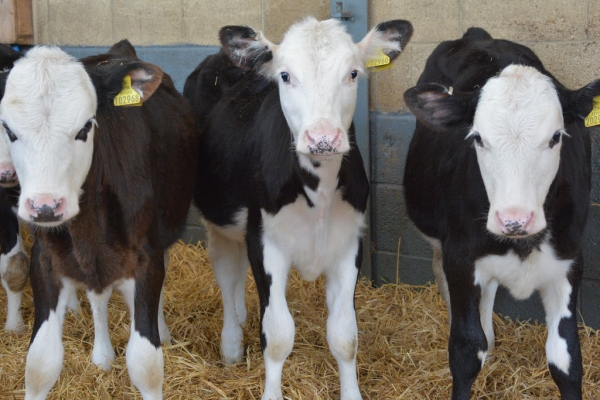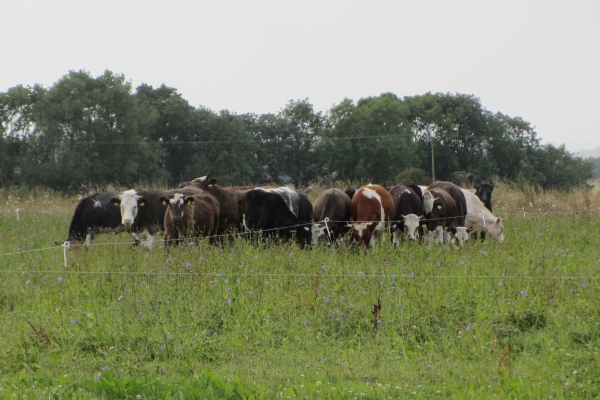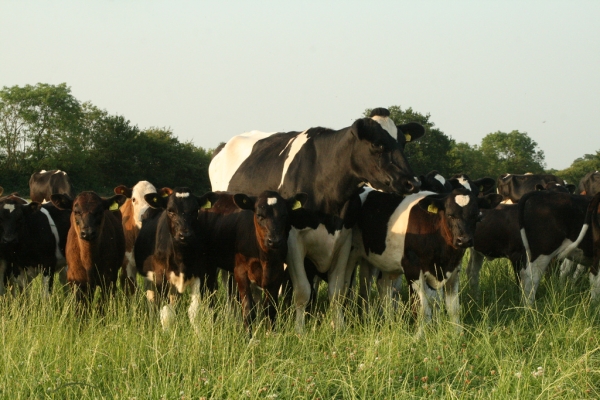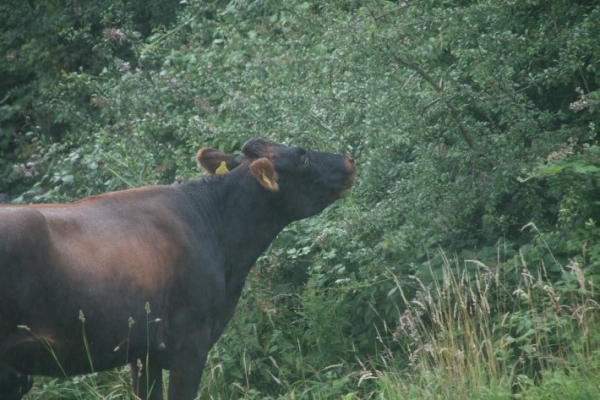Resigning protein concentrates in dairy cattle nutrition
Research paper
Resource explained
Sustainable livestock systems should aim to reduce the use of protein concentrates in feed. This is an opinion piece by the Head of the Department of Livestock Sciences at the Swiss Research Institute of Organic Agriculture (FiBL). In it he combines his knowledge of normal rumen functioning with reviews of several studies of low protein feed diets for dairy cattle. He argues that new perspectives on optimal rumen functioning need to be found that allow for the development of low-input feed evaluation systems for dairy cattle. Future research could identify diets that are low in protein if they are high in roughage quality and secondary plant compounds. Their use could improve animal health, increase their use of protein and fibre, and decrease excess urea and methane emissions.
Findings & recommendations
- Sustainable livestock systems should aim to reduce the use of protein concentrates in the diet.
- By ruminating, cattle are able to break down plant fibres very efficiently and gain metabolisable energy from roughage that is low in sugars and starch.
- Cattle fed low levels of dietary protein are able to use it very efficiently and excrete less nitrogen (as urea) in their urine.
- Recent research shows that dairy cows on low protein diets had higher milk yields and fewer veterinary problems than predicted. They showed no signs of metabolic disorders and converted a higher proportion into milk protein.
- Cows fed high fibre diets will ruminate more and also selectively choose or avoid plants with specific secondary compounds (e.g. tannins) that are important for livestock health.
- Increased rumination activates certain plant enzymes in the forage. It can also affect the rumen microflora. Together these can effect rumen fermentation of forage.
- Developing new feeding recommendations for dairy cows using low protein concentrate feeding regimes requires further research.
- Any future studies on low protein diets must take animal health into consideration.
Photo credit: Organic Research Centre









